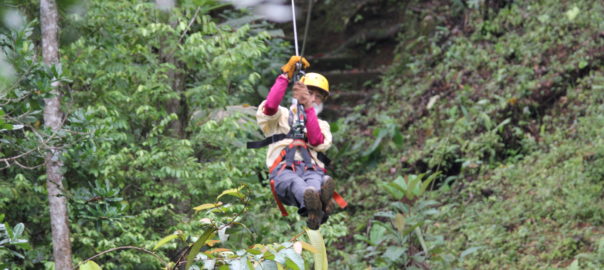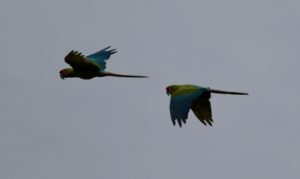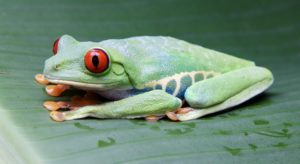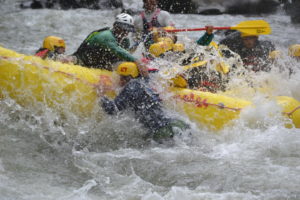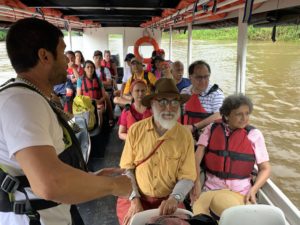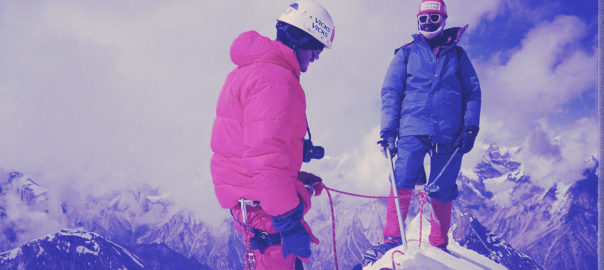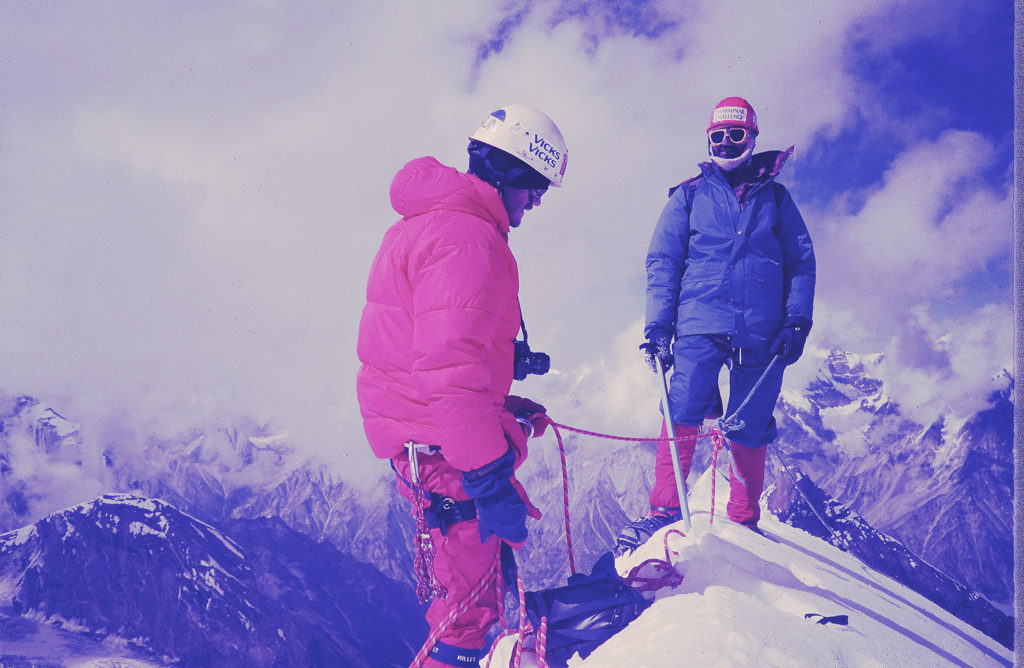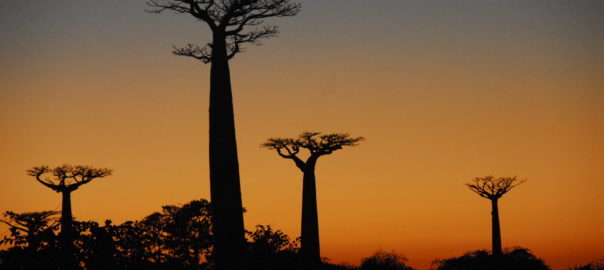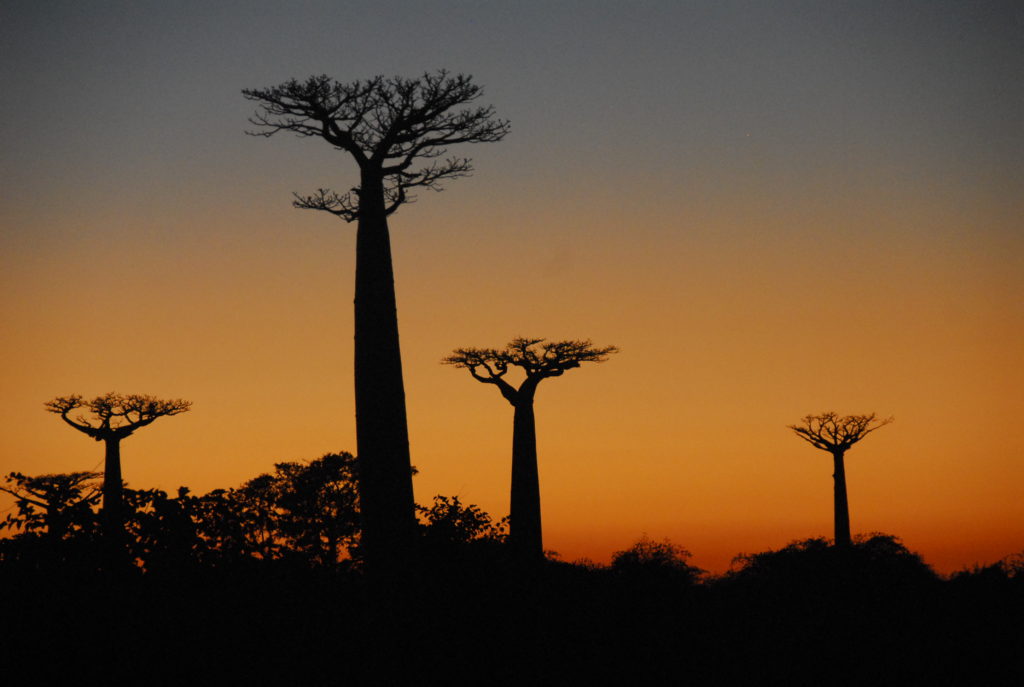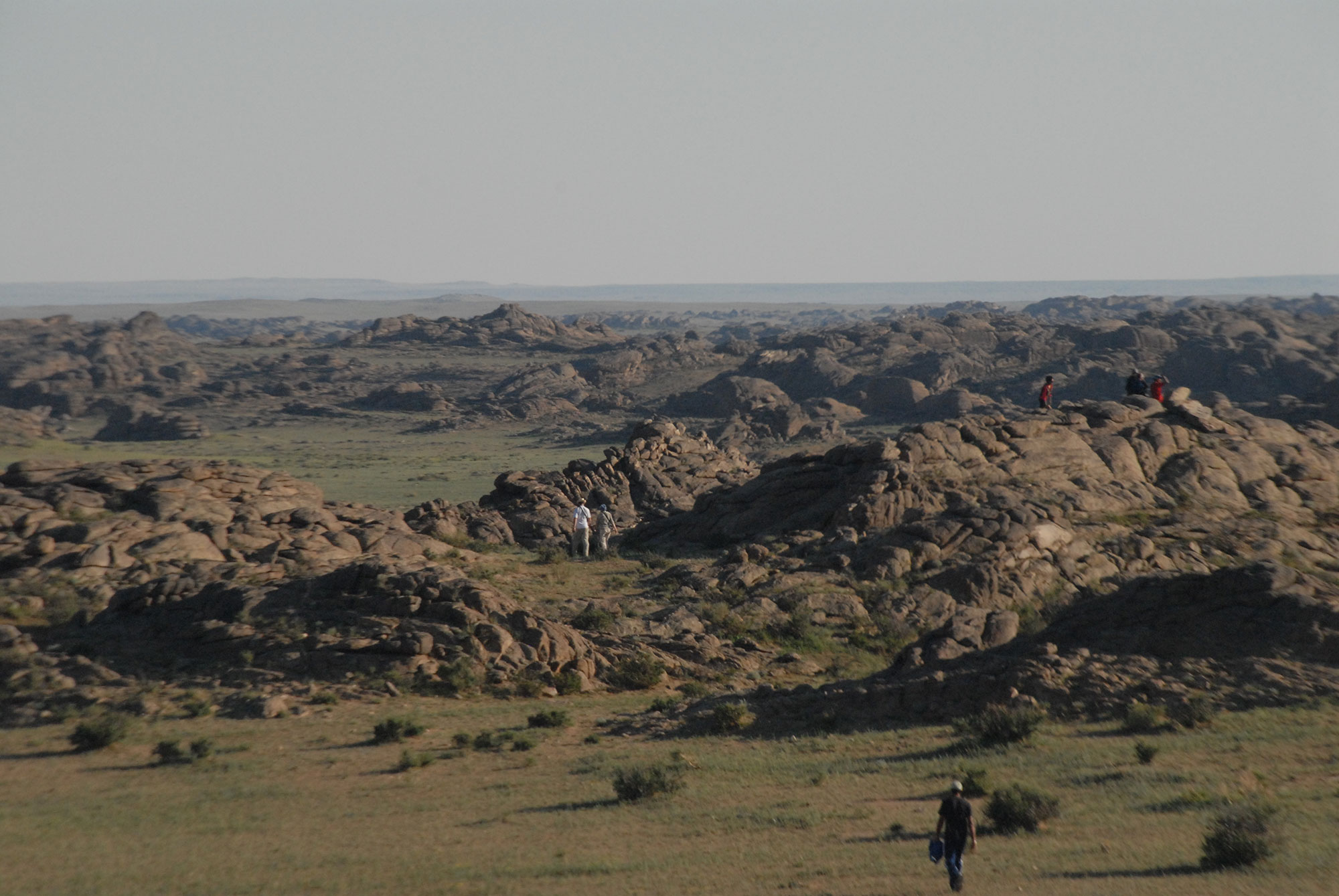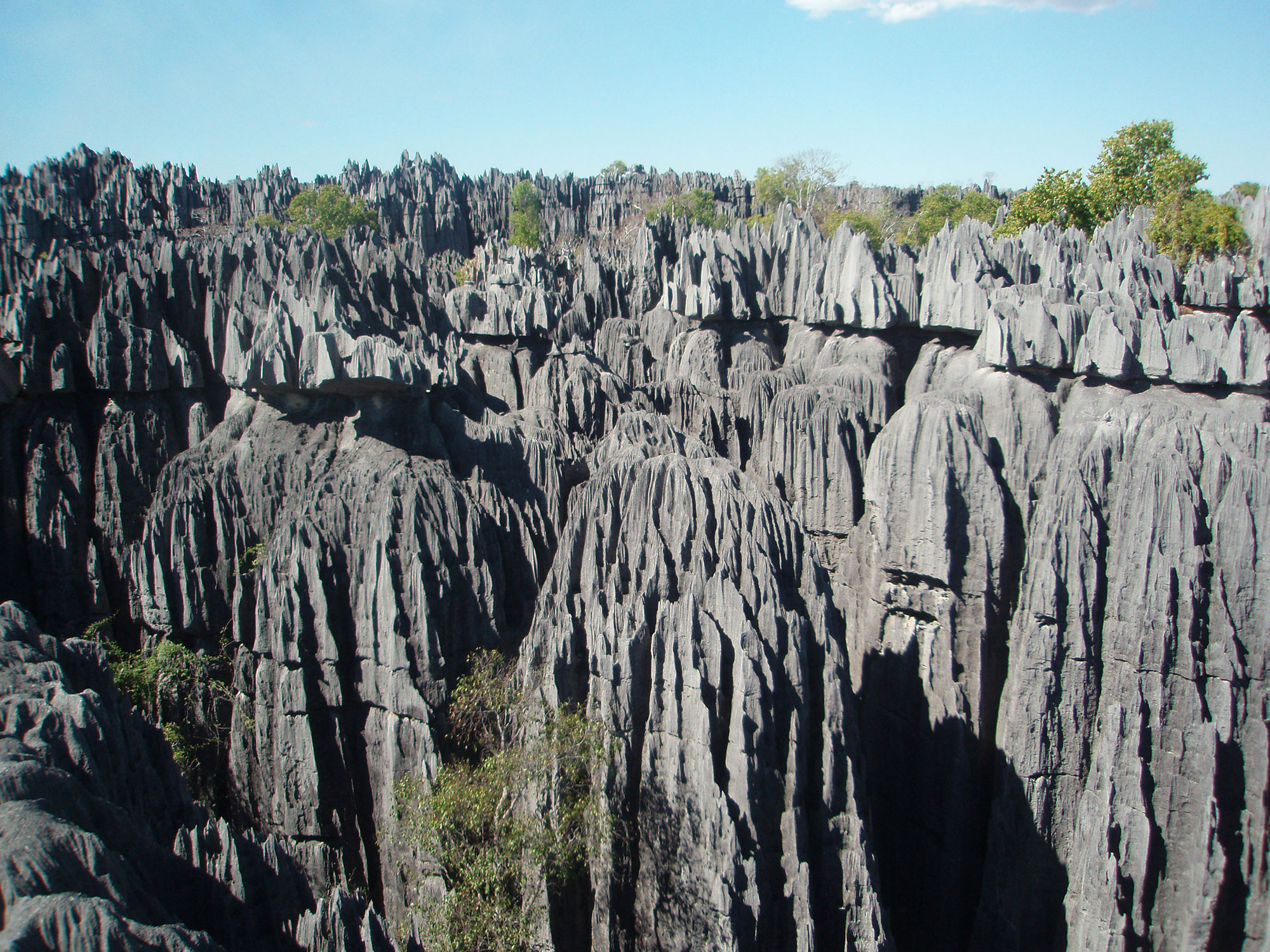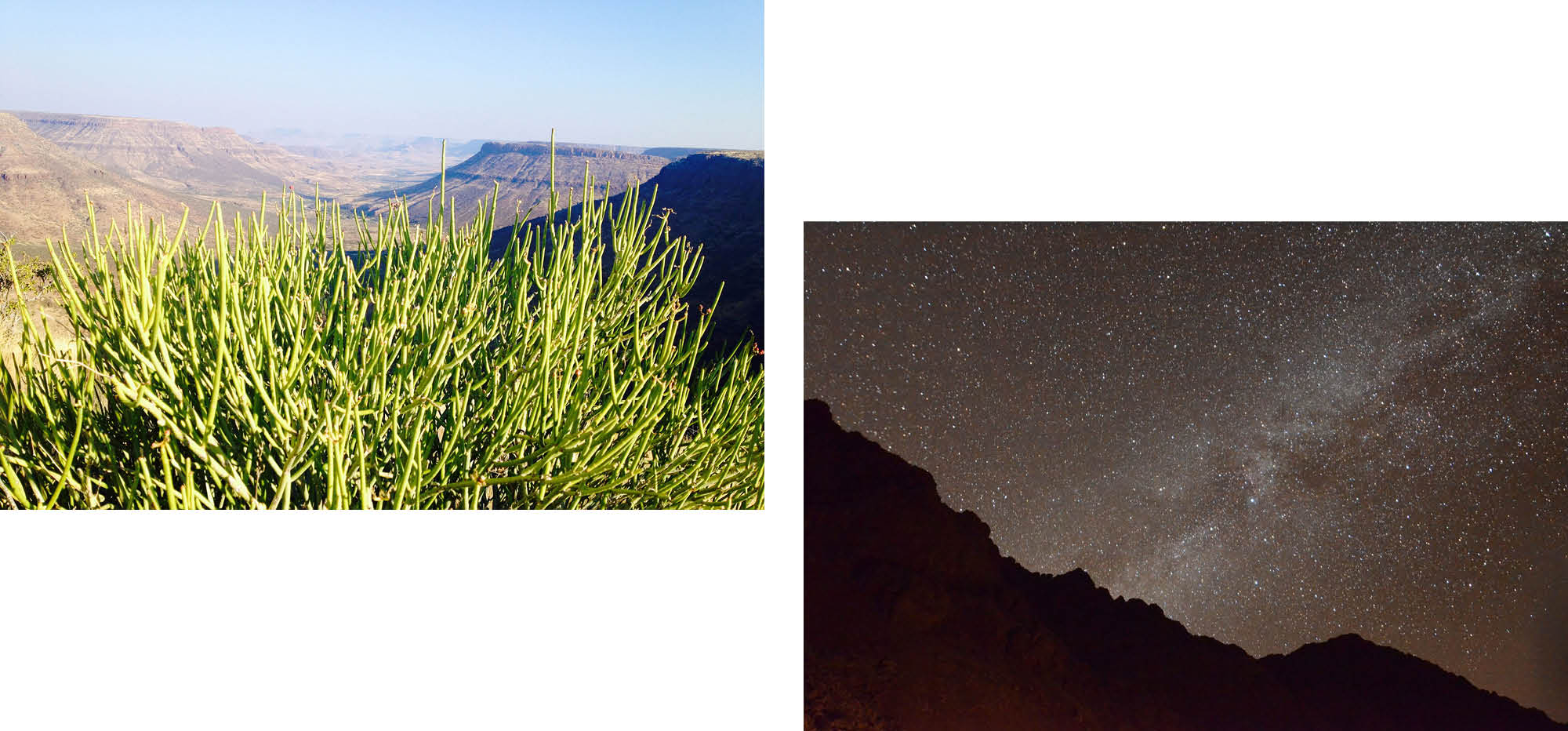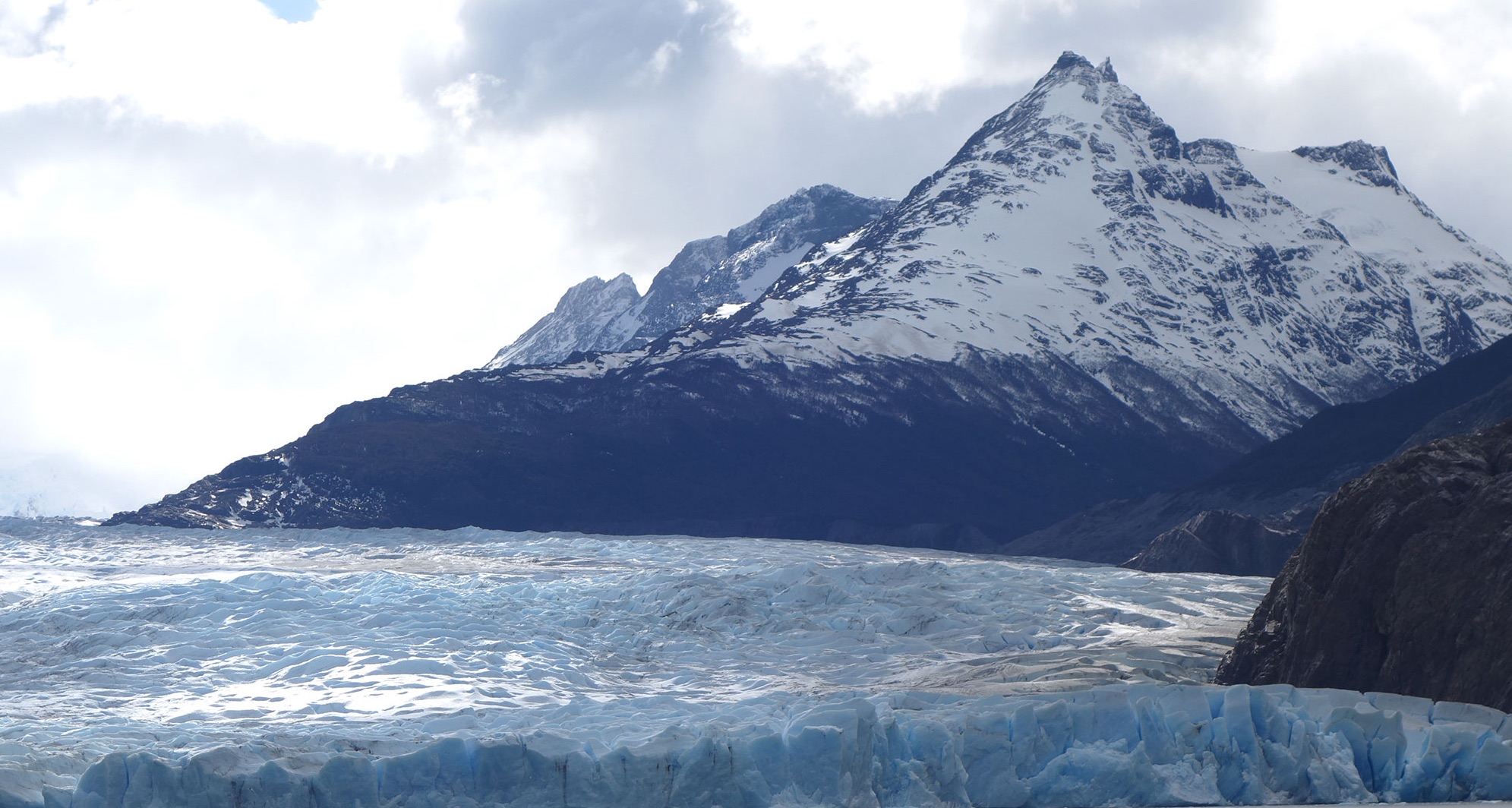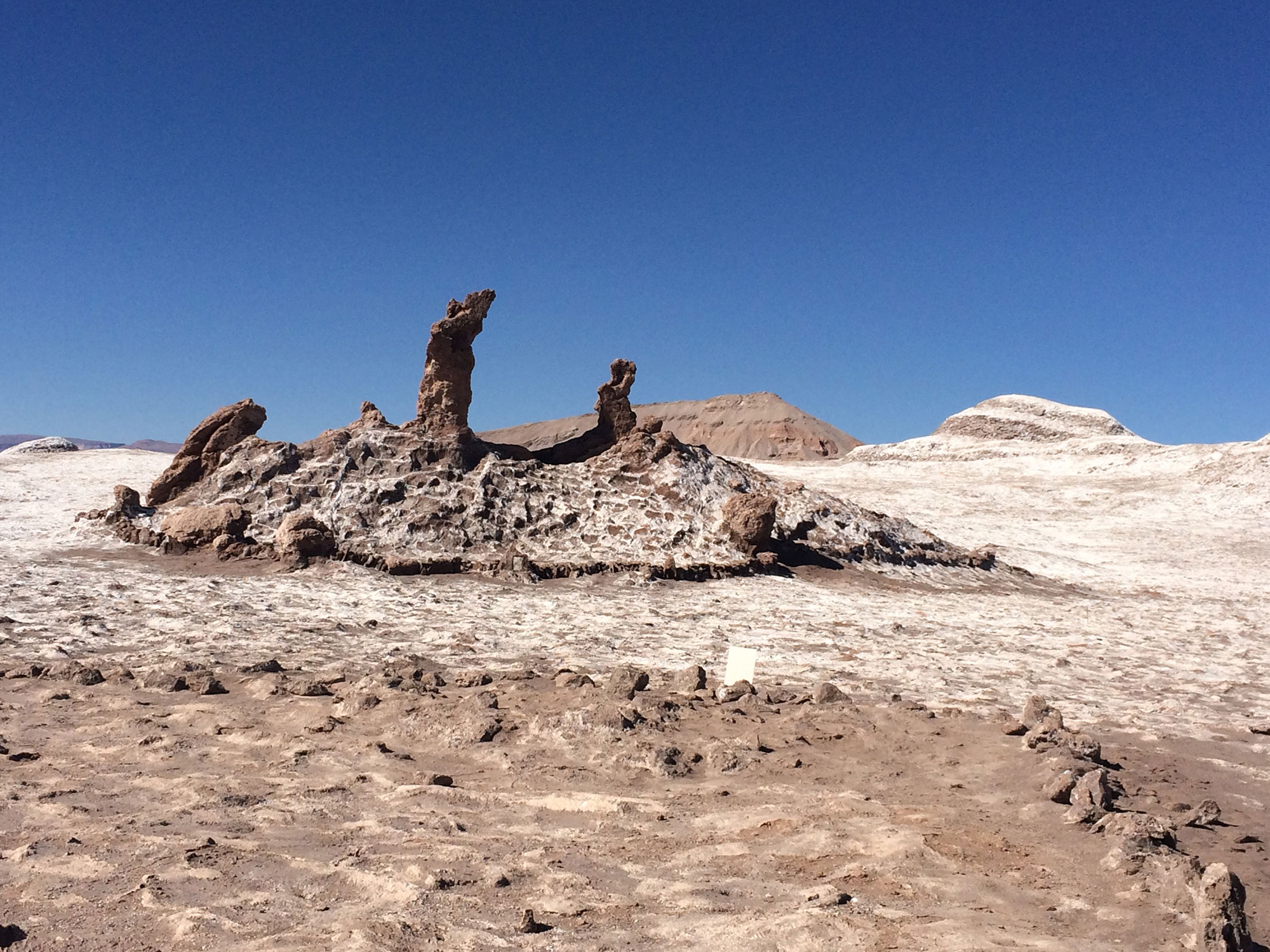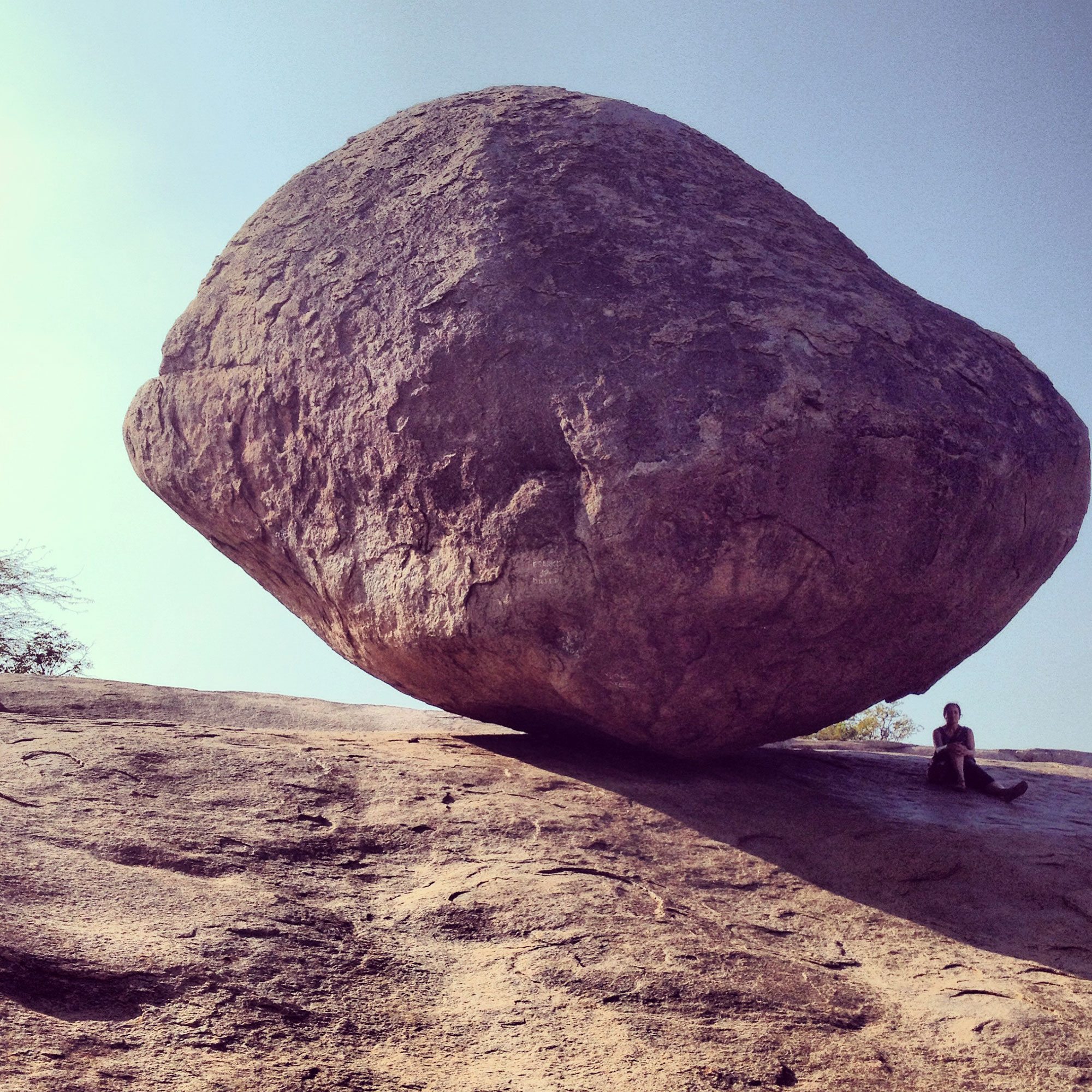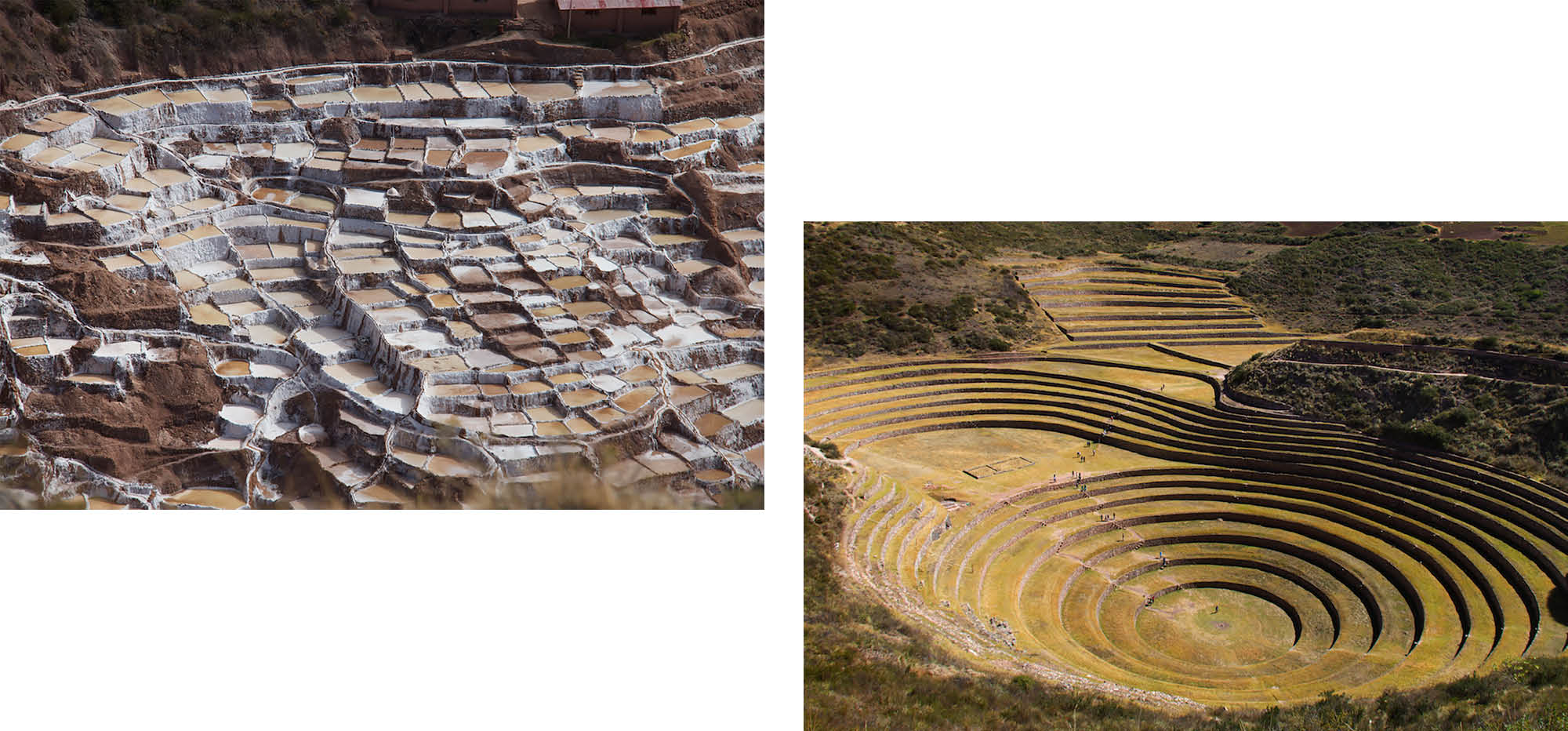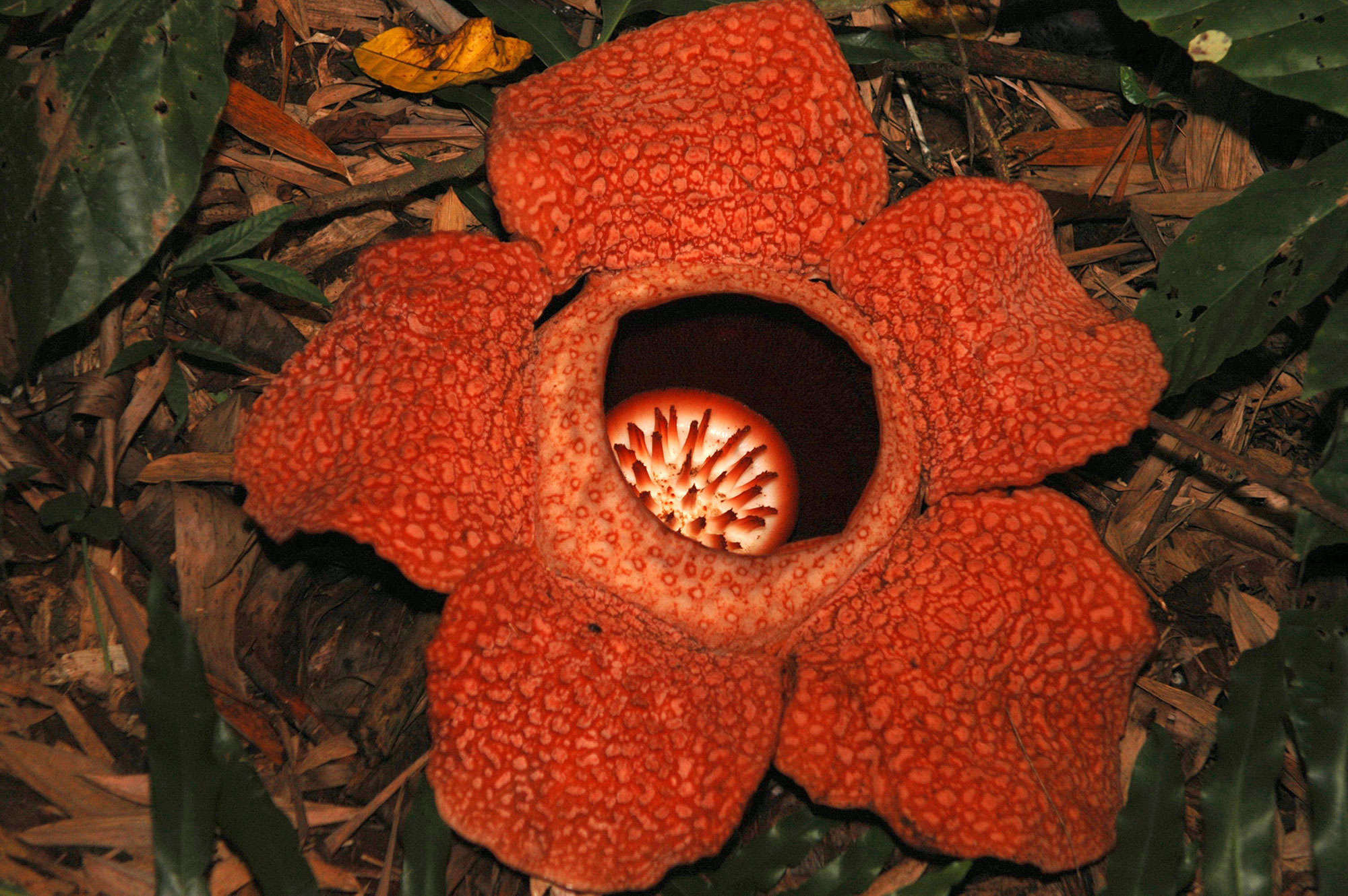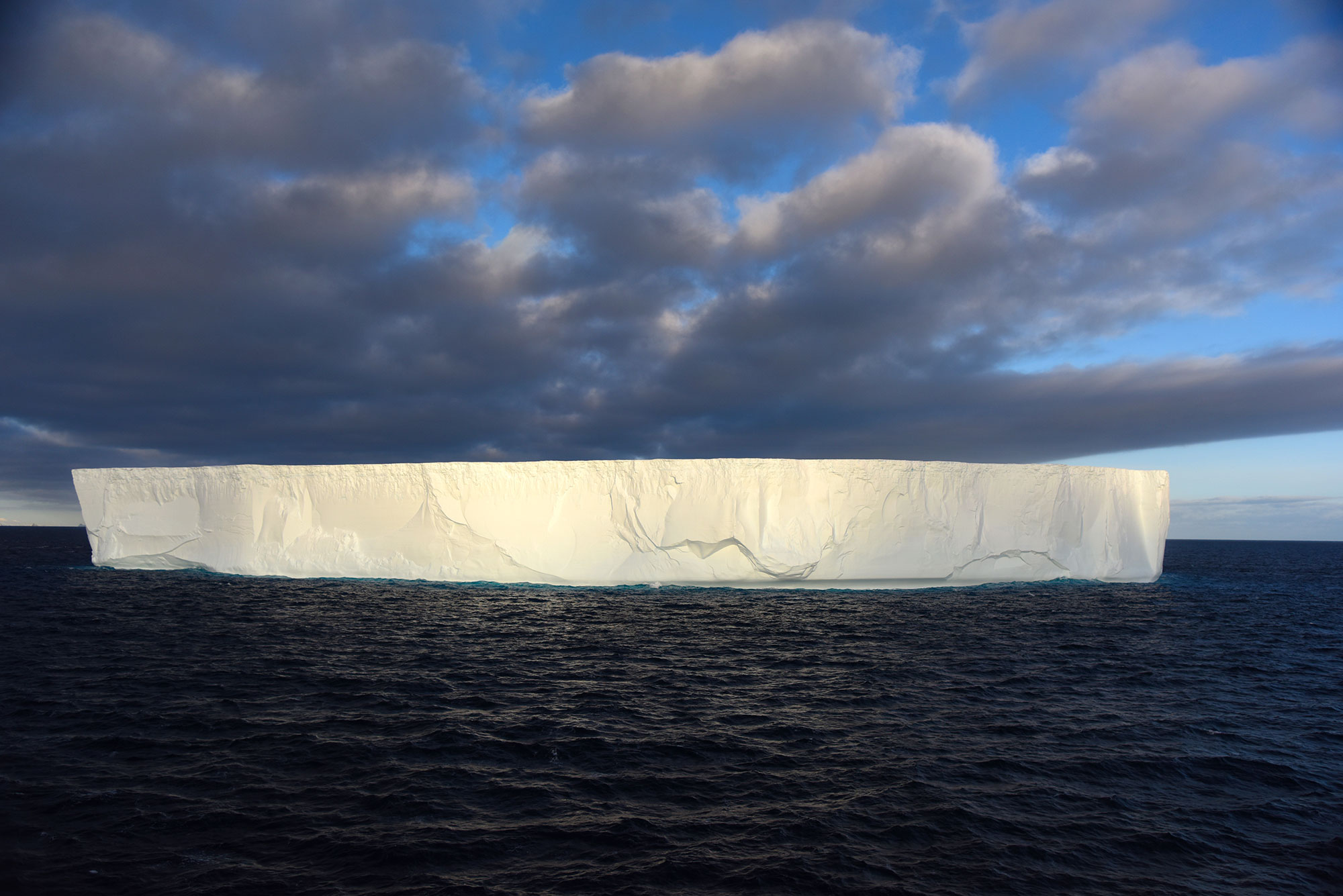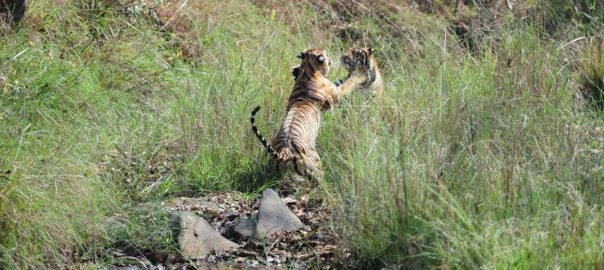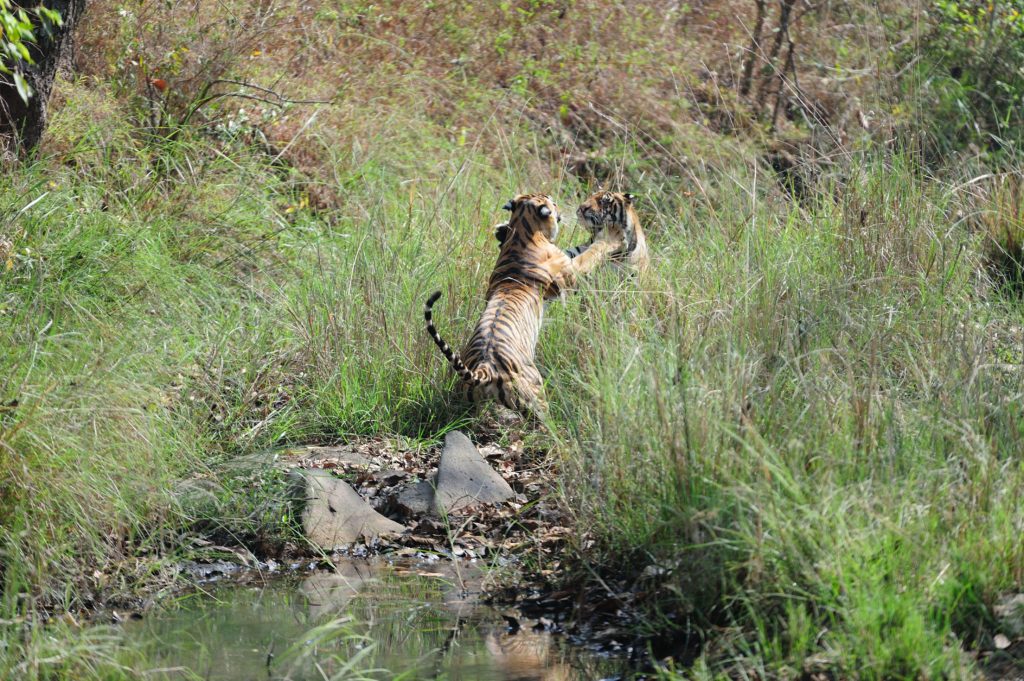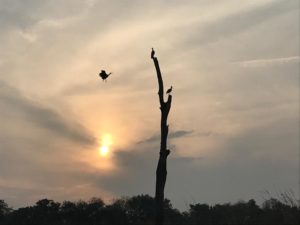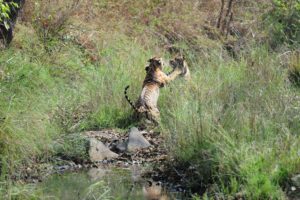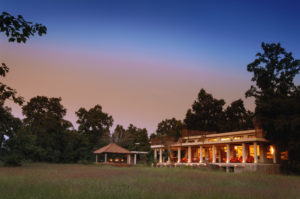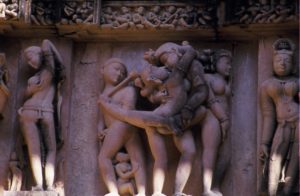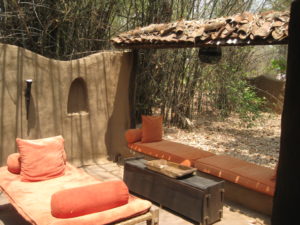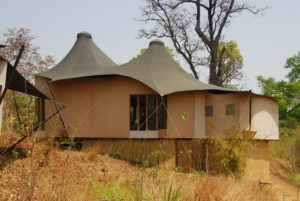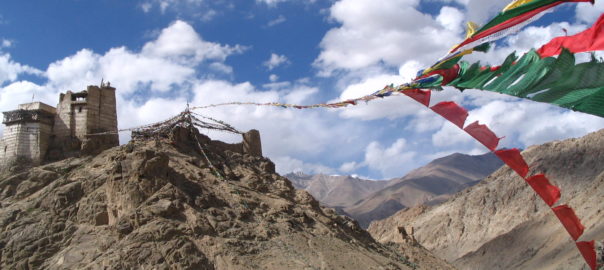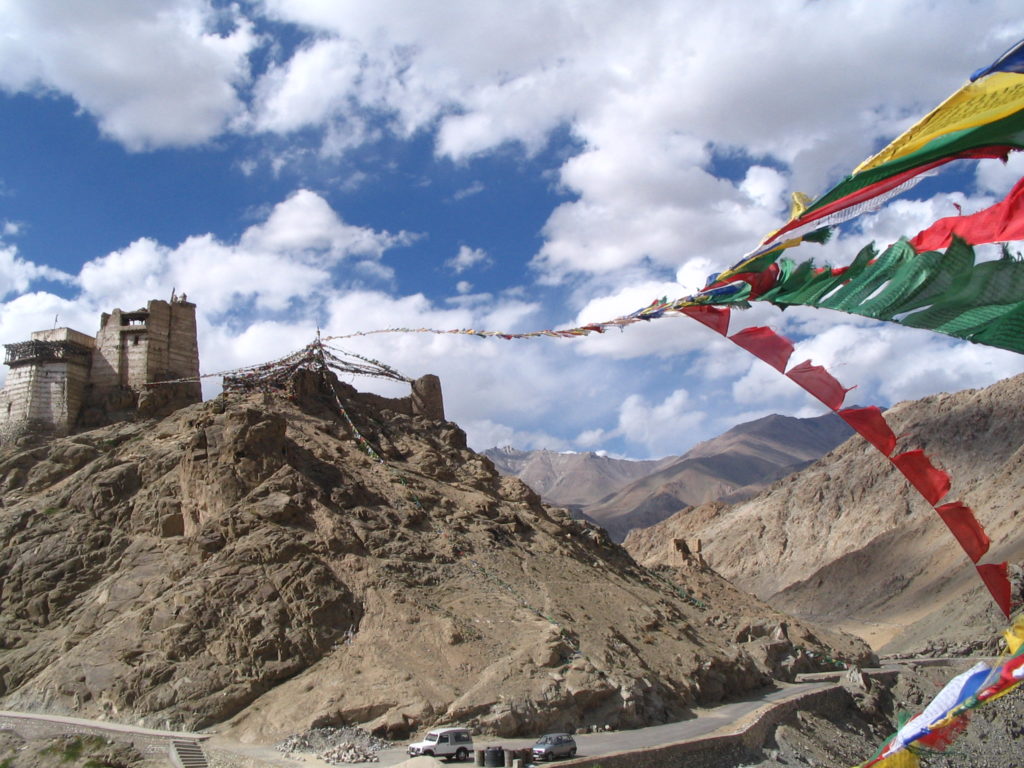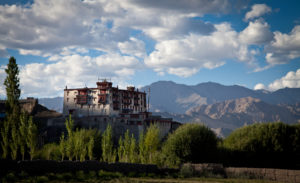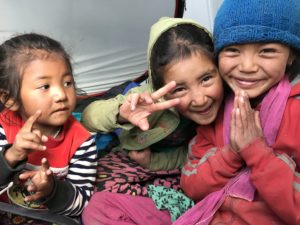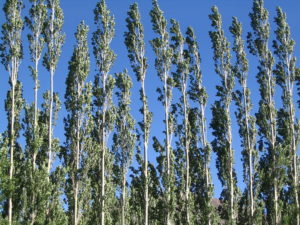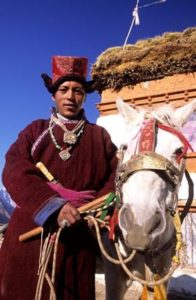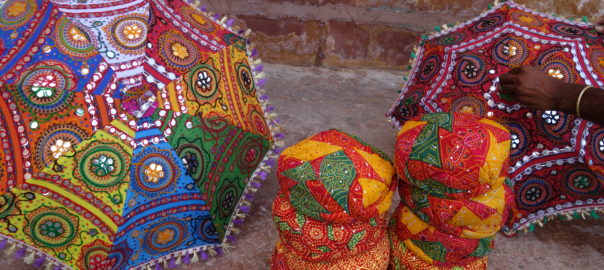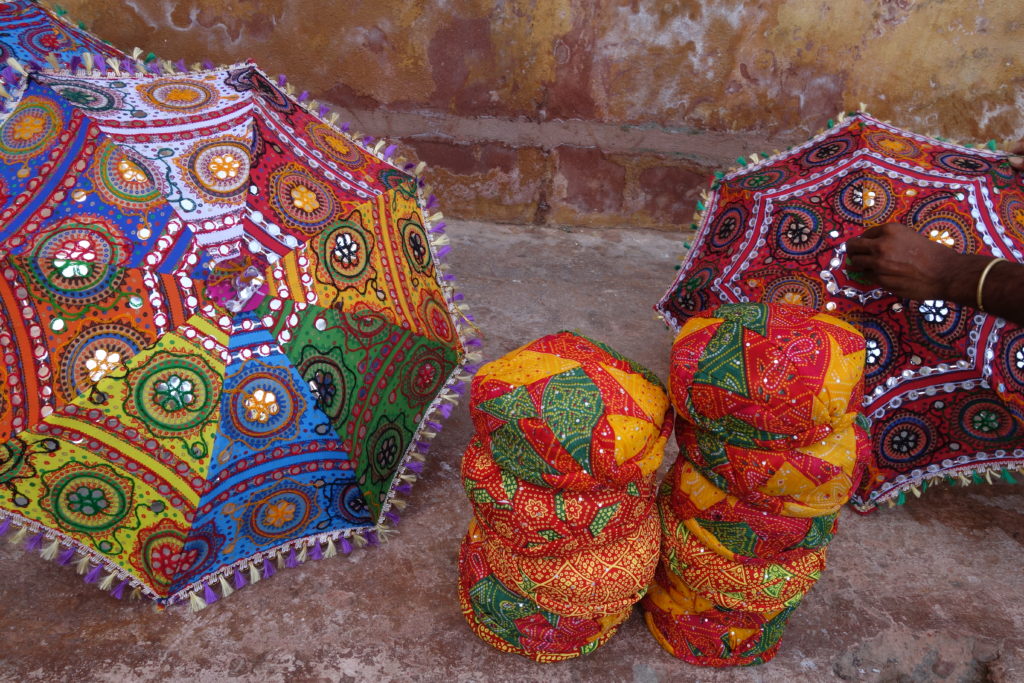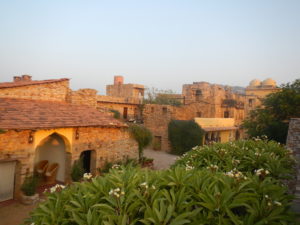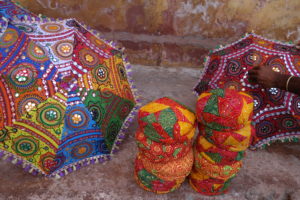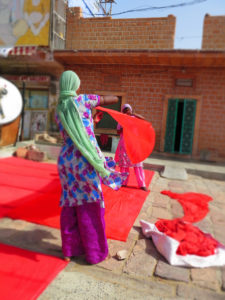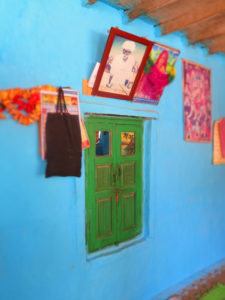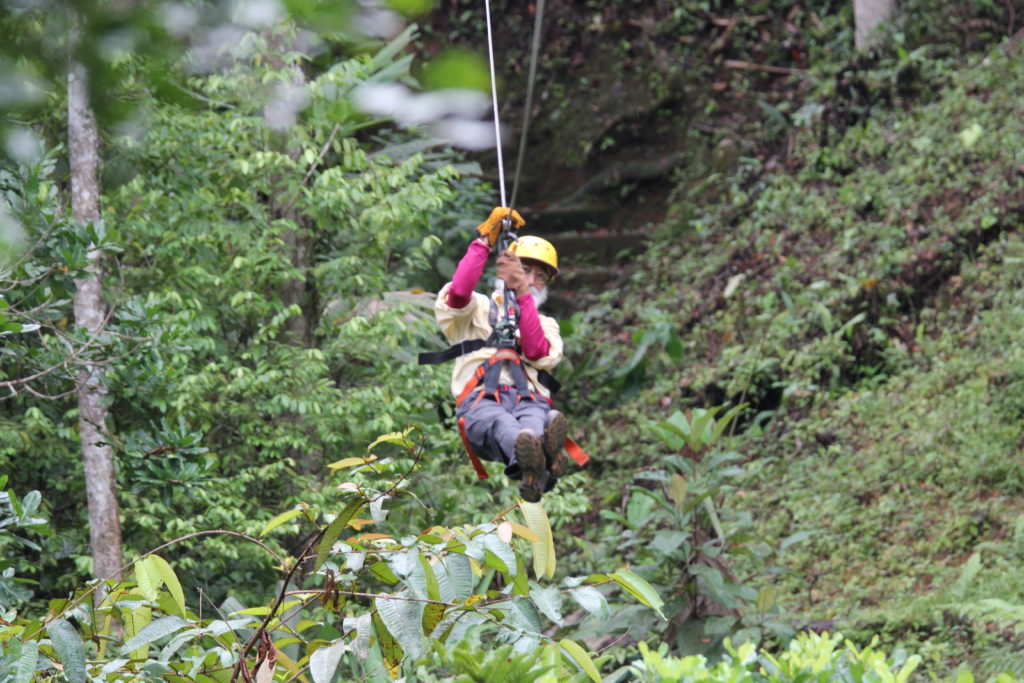
“Rain forest hikes and brisk high-altitude trails, rushing white-water rapids and warm-water, world-class surfing, Costa Rica offers outdoor adventures – from the rush of a canopy zipline to a sun-dazed afternoon at the beach.” ~ Lonely Planet
Costa Rica is a rugged, rainforested Central American country with coastlines on the Caribbean and Pacific. Costa Rica is known for its beaches, volcanoes, and biodiversity. Roughly a quarter of its area is made up of protected jungle, teeming with wildlife including spider monkeys and quetzal birds.
This very special journey will be led by Himraj Soin who a travel writer and photographer and leads expeditions for National Geographic where he teaches photography in different parts of the world. His works have been featured in Vogue, National Geographic Traveler, India; Reader’s Digest UK and Vice, amongst others.
April 18th to 29th 2020
Day 1 (April 18th) Arrive in San Jose – Bougainvillea Hotel
Saturday Arrival in Costa Rica. Transfer on your own to Hotel Bougainvillea. Your trip leader will meet the group at the hotel at the evening for a briefing and answering questions of your itinerary.
Service included: Hotel Bougainvillea.
Meals on your own.
Day 2 (April 19th) Tortuguero National Park
Sunday Departure at 0600 hours, you will experience going through the Braulio Carrillo National Park, mountain road, climbing to the cloud forest at 2200 meters and descending close to sea level.
Breakfast at Río Danta and then continue to La Pavona in Guapiles where you will take a motorboat to Tortuguero National Park, which is accessible only by water or by air.
11:00 a.m. Arrival to the pier and after a chance for restroom use, board Mawamba’s boat for one-hour ride to Tortuguero and Mawamba Lodge (times might vary depending on river’s water level).
12:15-1:00 p.m. Arrival to Mawamba Lodge. Welcome by the manager, and check into your room.
Afterwards, meet your tour guide and group at the Restaurant by the pool area for a buffet lunch. Kayaking in the afternoon.
INCLUDED: Private transportation, all meals and guides.
Day 3 (April 20th): Day at Mawamba Lodge
Monday Visiting Tortuguero town, Kayaking tour & Motorboat tour into Tortuguero canals. Breakfast available from 7:30 to 9:00 a.m. Kayaking in the morning.
Lunch is served from 12:30 p.m. to 2:00 p.m. Meet for the afternoon canal tour in the Tortuguero National Park. Visit one of the park’s canals by boat and discover with your guide the wonderful biodiversity that resides in this area.
Visit Tortuguero Village at 04 p.m. Through this visit, learn about the ways of life of the local residents of Tortuguero, a small town of approximately 1300 people. After the visit, we will return to the lodge walking by the beach trail leading to the lodge (weather permitting).
From Mawamba Lodge, one can actually walk to/from town without needing to take a boat. In case you would rather not walk, please inform your tour guide who will arrange boat transportation back for you.
Dinner will be served at 7:30 p.m. at the restaurant by the pool.
INCLUDED: All meals, Mawamba Lodge, Guides, Kayaking tour and Motorboat tour.
Day 4 (April 21st) Tortuguero National Park to Pacuare River
Tuesday 7:30 a.m. Breakfast is served at the Lodge. We kindly ask you to check out of your room around 8:30 a.m. and gather around the reception area for departure at 9:00 a.m. back to La Pavona where our transportation will be waiting for the group.
11:00 a.m. Arrival to La Pavona, use the restrooms before boarding the bus.
Transfer to the Operations Center in El Cairo de Siquirres where you will have lunch and leave the extra luggage for the rafting experience on Pacuare River.
(rated top 5th Best River to raft in the World by National Geographic).
Once in the river you will paddle downstream to your riverside accommodation, the award-winning Rios Tropicales Lodge (accessible only by raft or foot).
Along its course, lie several densely vegetated gorges sheltering many animals, including sloths, river otters and anteaters, and incredible variety of birds such as toucans, egrets, herons, kingfishers, sunbirds and trogons.
As soon as you arrive at the lodge, your guide will give you a briefing of the lodge and the activities for the next three days.
INCLUDED: Transfer from Tortuguero to Pacuare River to the Ríos Tropicales Lodge. Breakfast, lunch, dinner and river guides.
Day 5 (April 22nd): Ríos Tropicales Lodge
Wednesday Activities at Ríos Tropicales Lodge: Your guide will inform you the times for these activities. This tour includes hiking through the rainforest. Enjoy a wonderful 9-line zip line course through the canopy, six-zip lines crossing over the Pacuare River.
Multiple tree platforms and zip lines make this a thrilling, must-do experience.
We guarantee not only the safety in construction but also its operation through all the equipment (helmets, harnesses and gloves) that is provided. The tour starts just 10 minutes from the lodge by walking through the forest then, slip on end-to-end zip lines connected by a series of aerial and land platforms from which you can appreciate the incredible river and private reserve of Pacuare, also, you can see butterflies, birds, reptiles and an impressive nature.
INCLUDED: Ríos Tropicales Lodge, breakfast, lunch, dinner, zip line-canopy tour and guide.
Day 6 (April 23rd): Ríos Tropicales Lodge
Thursday Activity at Ríos Tropicales Lodge: Horseback riding – Tree Planting – Butterfly garden. Your guide will inform you the time for these activities.
The tour starts from Rios Tropicales lodge to Bajo Del Tigre community by hiking up the main trail and then riding horseback to this local village. Once there, your guide will introduce you to their agricultural way of life, economy, population and culture.
You will tour their sustainable farming projects, hear about what sustainable development means to them and their community.
You can also ride horseback all the way to Terciopelos farm, which is part of Rios Tropicales Private reserve. There you can participate in a reforestation project by planting one or more trees (optional, ask your guide).
Then you will continue the tour until the Mariposas del Pacuare Project developed by a neighbor of the community.
It has more than 10 different species of butterflies, and from where you can enjoy incredible views of the Pacuare Canyon. At the end of this beautiful experience, you will enjoy a delicious lunch returning to the lodge, a part by horseback ride and walking.
INCLUDED: Rios Tropicales Lodge, breakfast, lunch, dinner, horseback riding, tree planting & butterfly garden activities and guides.
Day 7 (April 24th): Pacuare River to Trogón Lodge
Friday Today we will continue our whitewater rafting activity, entering the lush, magical gorge of the Rio Pacuare. The rapids became more powerful and technical in nature here, and we will power through “Bobo”, “Huacas Arriba” “Huacas Abajo”, “Cimarrones” and “Dos Montañas”.
Gorgeous waterfalls tumble into the river and we be might fortunate to catch a glimpse of some of the exotic birds and animals inhabiting the surrounding jungle.
We will walk near the town of Siquirres and departure after lunch to Trogon Lodge. (4 hours’ drive). Trogon Lodge is in the area known as Savegre Valley in the small town of San Gerardo de Dota.
As one drives up, marvelous views appear before your eyes, carrot & potato plantations, the countryside, and on a clear day, scenic views of the Province of Cartago and Valley.
At an altitude of 7,000 feet above sea level (2200 meters) and surrounded by the unspoiled ecology of the area, Trogon Lodge sits amidst dazzling flowers, showing amazing shades of colors and where centennial oak trees show their impressive roots.
INCLUDED: Rafting activity, all meals, private transportation, Trogón Lodge and guide
Day 8 (April 25th): Trogón Lodge
Saturday Hiking Activity searching for the mythical Quetzal. Signature Trogón Lodge tour! San Gerardo de Dota is home to a large population of one of the most beautiful birds in the Americas, the Resplendent Quetzal. From the Trogon Family and sacred bird to the ancient indigenous cultures, Quetzals have a peaceful and tranquil living in the area and reside here year-round.
The climate and good amount of food (Aguacatillo tree) provide a great habitat for these birds. Join the guide for coffee, before departing at 6:00 am on a quest to find Quetzals.
With its metallic green plumage, crimson breast, bell, and its incredible streamer-like feathers, watching a male Quetzal in its magical fly, is a unique, breathtaking experience.
INCLUDED: All meals, Private Transportation, Trogón Lodge, Hiking Tour and guide.
Day 9 (April 26th): Travel day to Uvita
Sunday After Breakfast at Trogón, travel for 2 hours by coach to Uvita, staying at Cuna del Angel Hotel. Described by many as one of the most biologically diverse areas in the world, southwestern Costa Rica has plenty of beautiful beaches and fantastic vistas.
Of the many spectacular beaches found here, Playa Uvita is among the most stunning beaches on Costa Rica’s southern Pacific coast. Located in the southern Puntarenas province roughly 16 km south of Dominical, a surfing hotspot, Playa Uvita is situated within the Marino Ballena National Park.
This marine park is very popular because between the months of December and April Humpback, whales migrate here to the warm waters off the coast to mate before returning up north.
INCLUDED: All meals, Private Transportation, Hotel Cuna del Angel and guide.
Day 10 (April 27th): Hiking Corcovado National Park Day Tour
Monday The Corcovado National Park Full Day Nature Tour departs from Punta Uvita at 7:00 AM and arrives approximately 1 ½ hours later at San Pedrillo Ranger Station in the Corcovado National Park. Upon arrival you will prepare for two guided nature tour hikes along two different trails and observe beautiful flora and fauna.
Each hike takes around 2 hours. During the hikes you will be able to see many mammals such as spider, howler, and white-faced monkeys, sloths, coatis, raccoons, and tapirs as well as a great variety of birds, plants, and trees with over one hundred years of existence and in danger of extinction.
After the first hike, we serve a picnic lunch near the San Pedrillo ranger station and then we begin the second trek. During boat transit from Punta Uvita beach to Corcovado National Park, you may observe whales, dolphins, turtles, marine birds and fantastic views of the southern pacific Osa coastline. The boat returns from Corcovado National park at 2.00 pm and arrives to Punta Uvita at 4:00 p.m.
INCLUDED: All meals, Private Tour at Corcovado National Park, Guides, Cuna del Angel Hotel.
Day 11 (April 28th): Return to San José at Grano de Oro Hotel
Tuesday After breakfast at the hotel, we will depart to San Jose (4 to 5 hours’ drive). We will drive through Costanera Sur highway, crossing the Villages of Quepos and Jaco until reaching San José. We will stop for lunch on the way.
Hotel Grano de Oro: In Costa Rica, the term “Grano de Oro” is used to refer to the coffee bean, their “Grain of Gold”. The founders of this boutique hotel fell in love with the idea that such a small fruit could be so valuable. Hotel Grano de Oro was started by a Canadian couple who frequented Costa Rica for vacation. They loved the natural beauty of the country and the people, and in particular the metropolitan city of San Jose.
They found that San José was lacking an upscale boutique-style hotel, offering a unique, personalized service – in other words a “Grain of Gold”. The Hotel Grano de Oro opened its doors in December of 1991.
The restaurant is one of a kind in the city offering an elegant indoor dining room, a beautiful inner courtyard, a handcrafted indoor/outdoor bar and an award-winning wine cellar. The Hotel and Restaurante Grano de Oro and its staff continually focus on pleasing its customers and exceeding their expectations. The Hotel Grano de Oro is a member of two groups of boutique hotels: Small Distinctive Hotels of Costa Rica and Cayuga Sustainable Hospitality Collection.
INCLUDED: Breakfast, lunch on the way, private transportation, Grano de Oro Hotel and guide.
If time permits, drop by the Café Sin Domicilio Fijo and have a drink or coffee or even a bite as their food is organic. It is in a 200-year-old Colonial house. Inside the store has more than 70 national and international exhibitors design, arts and crafts.
Day 12 (April 29th): Departure
